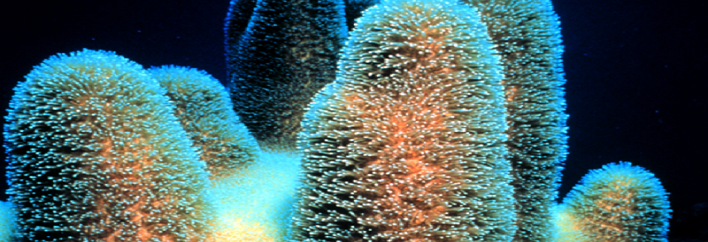

Why boaters should take note!
Last week, NOAA listed 20 new corals as threatened under the Endangered Species Act, 15 of which live in the Indo-Pacific region and 5 that live in Florida, the Gulf of Mexico and Caribbean. The listing of 20 species at once is the largest Endangered Species Act ruling ever, and means there are now a total of 22 coral species protected under the Endangered Species Act since two species were previously listed in 2006.
“Coral reefs are one of the most biologically diverse ecosystems on earth, providing habitat for many marine species. Protecting and conserving these biologically rich ecosystems is essential, and the Endangered Species Act gives us the tools to conserve and recover those corals most in need of protection,” commented Eileen Sobeck, assistant administrator for NOAA Fisheries.
NOAA went to great lengths in their research as to whether or not these species should be listed, noting the amount of scientific research sought was unprecedented. The information gathered included general reef-building coral biology, habitat characteristics and threats, as well as species-specific spatial, demographic, and other information for each individual species.
What does this mean for boaters?
Currently there are no prohibitions relating to individual conduct, except for those related to the two previously listed species elkhorn and staghorn corals in the Caribbean. These two species have been listed as “no take” which does make it illegal to accidentally harm the species with a vessel. While everyone knows to avoid running up on a reef, it is often anchors and their lines that cause damage to coral reefs.
So I can hit the other 20 species of coral with my anchor?
Technically yes, but they will likely soon be protected under “no take” rules as well, but first NOAA will undergo more research including economic impact reviews as well as public comment periods. While it may not be illegal – we still think most boaters would rather see these coral while snorkeling rather than on their anchor. And there are easy steps you can take when achoring to minimize your anchors impact!
The new protections are mostly focused on other federal agencies, which must seek permits from NOAA to work in an areas that might affect a protected coral species.
What can I do?
Being careful about where you anchor is a great way to make a direct beneficial impact for coral reefs. Anchoring by hand and/or jumping in and checking first that it is a sandy bottom is a great way to ensure no corals go harmed! Learn more about anchoring safely and how boaters can protect coral and seagrass with this month’s Ocean Watch: You scratched my seagrass!
Read the full release from NOAA about which species are protected and the next steps in the process by clicking here.
Global threats to coral reefs are include warming ocean temperatures and ocean acidification. Reducing carbon dioxide emissions are the key to reducing the impact of these ocean health issues on coral reefs.
